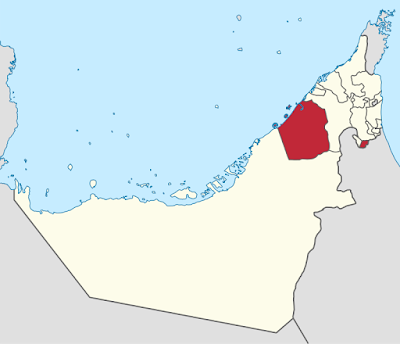by George Dvorsky gizmodo
They like to do things
big in Dubai, including a newly-approved concentrated solar power project that
will generate 1,000 megawatts of power by 2020—and a whopping 5,000 megawatts
by 2030.
The Dubai Water and Electricity Authority (DEWA)
has announced the launch of the world’s largest concentrated solar power (CSP)
project. Located on a single site within the Mohammed Bin Rashid Al Maktoum
Solar Park, the plant will consist of five facilities. The first phase of the
project is expected to be completed either in late 2020 or 2021, at which time it’s
expected to generate 1,000 MW of power. By 2030, this plant could be churning
out five times that amount—enough to raise the emirate’s total power output by
25 percent.
By comparison the Ivanpah CSP in California (which
is currently the world’s largest) generates about 392 MW of power. Morocco’s Ouarzazate solar power plant will
provide about 580 MW of power once it’s complete in 2020.
Concentrated solar power plants, unlike solar energy drawn from
photovoltaic cells, use a large array of mirrors (called heliostats) to
concentrate a large area of sunlight onto a small area, typically on top of a
tower. Electricity is generated when the concentrated light gets converted to
heat, which drives a steam turbine connected to an electrical power generator.
An advantage of CSP is that thermal heat can be stored easily, making it
possible to produce electricity after sunset.
The Dubai plant will have several thousand heliostats located around a
tower. The resulting heat-transfer fluid will power a steam turbine to generate
electricity. Incredibly, the new plant will deliver power at less than 8 cents
per kilowatt-hour, down from the typical 15 kilowatt-hour rate. Once complete,
the solar park is expected to reduce 6.5 million tons of carbon emissions each
year. A typical coal plant produces around 3.5 million tons of CO2 per year.
The new plant is part
of Dubai’s Clean Energy Strategy 2050, which will see the emirate generate
seven percent of its total power from clean energy by 2020, followed by 25
percent in 2030, and 75 percent by 2050.









No comments:
Post a Comment